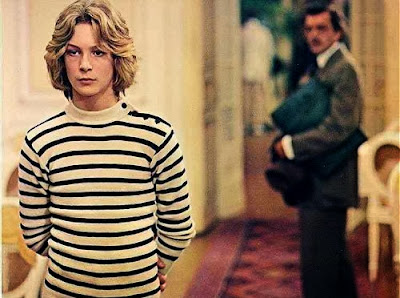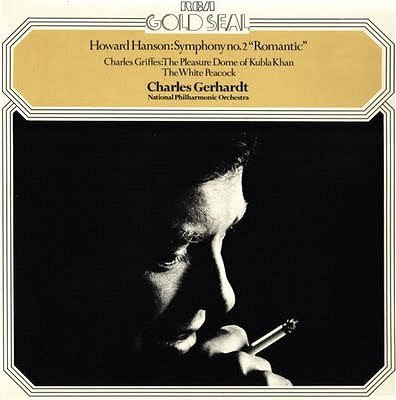Music was their common religion
Music collaborations spanning race and religion have become deeply fashionable in recent years. But unfortunately in too many of these collaborations altruistic ambitions are tempered by the imperatives of media appeal and commercial potential. So it is worth as a codicil to yesterday's post about the dynasties known as gharana that are integral to Hindustani music, highlighting an important and overlooked characteristic of these dynasties - their refusal stretching back more than half a century to recognise the artificial boundaries of race and religion.
The Maihar gharana headed by sarod master Ustad Alauddin Khan, whose pupils included his son Ali Akbar Khan and Pandit Ravi Shankar, has been a major influence on Indian classical music and a subliminal influence on the Western tradition - Philip Glass studied and worked with Ravi Shankar. Ali Akbar Khan and Ravi Shankar formed a long term performing partnership that stretched from the early 1950s through the seminal 1971 Concert for Bangladesh and onwards into the 1980s. Ravi Shankar was a Hindu and Ali Akbar Khan was a Muslim, and the Maihar gharana - like other gharanas - transcended race and religion, led by presiding guru Ustad Alauddin Khan who was a Muslim but who also worshiped Hindu deities.
Peter Lavezzoli's priceless The Dawn of Indian Music in the West was written in the aftermath of the 9/11 tragedy. It was inspired in part by a desire to chronicle how music does not recognise political divisions.. In it Lavezzoli writes:
Music has a way of transcending boundaries of race and religion, and whether the musicians are Hindu or Muslim, they still tap into the same primordial Om by working together... Shankar and Khan are only the most famous example among many Hindu-Muslim partnerships in music. It is generally accepted by North Indian musicians that music is their common religion.My social media accounts are deleted. But new Overgrown Path posts are available via RSS/email by entering your email address in the right-hand sidebar. Any copyrighted material is included for critical analysis, and will be removed at the request of copyright owner(s).










Comments